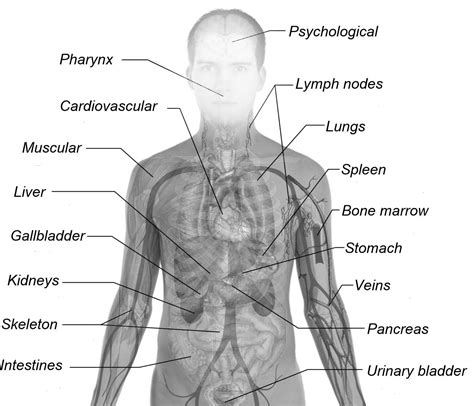The Hormonal Symphony Behind Voice Deepening
The transition from a boy’s voice to a man’s distinctive lower register is one of the most recognizable signs of male puberty. This profound change isn’t merely a maturation process; it’s a complex anatomical transformation primarily orchestrated by the surge of male hormones, particularly testosterone, which reshapes the very structures responsible for producing sound within the throat.
Before puberty, the larynx, commonly known as the voice box, is relatively small and its vocal cords are shorter and thinner, similar in size between boys and girls. As puberty commences, the dramatic increase in testosterone triggers a rapid growth spurt throughout the body, and the larynx is no exception. This growth is central to the voice’s transformation.

Laryngeal Enlargement and the Adam’s Apple
The most visible change in the larynx is its significant increase in size. The cartilages that form the laryngeal framework, especially the thyroid cartilage, grow larger and thicker. This growth is what often leads to the prominent protrusion in the front of the throat, commonly referred to as the “Adam’s apple.” This outward sign is a direct indicator of the internal changes occurring, as the thyroid cartilage expands to protect and house the developing vocal cords.
The larger size of the larynx provides a larger resonating chamber, contributing to the richness and depth of the adult male voice. Think of it like a musical instrument: a larger instrument generally produces a deeper, fuller sound. This expansion also alters the overall architecture, creating more space for the vocal cords to stretch and vibrate.

Vocal Cord Lengthening and Thickening
While the laryngeal enlargement is significant, the most direct cause of voice deepening lies in the transformation of the vocal cords themselves. Propelled by testosterone, the vocal cords (also known as vocal folds) undergo a remarkable period of growth:
- Lengthening: In pre-pubescent boys, vocal cords are typically around 12-15 mm long. During puberty, they can lengthen by up to 60%, reaching an average adult male length of 17-25 mm. Longer vocal cords vibrate at a lower frequency, much like a longer string on a guitar produces a lower note.
- Thickening: Alongside lengthening, the vocal cords also become thicker and more massive. Increased mass also contributes to a lower vibrational frequency. A thicker, heavier string vibrates more slowly than a thin, light one.
These combined changes mean that the vocal cords become longer, thicker, and therefore vibrate at a significantly slower rate. The fundamental frequency of a boy’s voice (around 200-300 Hz) typically drops by about an octave, settling into the adult male range of 100-150 Hz. This reduction in vibrational frequency is the primary reason for the characteristic deepening of the voice.

Muscles, Ligaments, and Resonance
Beyond the vocal cords themselves, the muscles and ligaments surrounding and controlling them also develop. These laryngeal muscles, particularly the thyroarytenoid muscles which form the bulk of the vocal cords, increase in size and strength. This allows for greater tension and control over the longer and thicker vocal cords, enabling the range and nuances of an adult male voice.
Furthermore, the entire resonating system above the larynx, including the pharynx, nasal cavity, and oral cavity, also undergoes changes. These larger resonating spaces contribute to the overall timbre and projection of the deeper voice, adding to its richness and power.

The Voice Break and Adaptation
The process of voice deepening isn’t always smooth. Many boys experience a temporary “voice break” or cracking, where their voice fluctuates rapidly between high and low pitches. This occurs because the laryngeal muscles are still adapting to the new size and mass of the vocal cords, and the brain is learning to control these newly transformed structures. It’s a period of adjustment where coordination and fine motor control over the larynx are still developing.
By the end of puberty, typically in late adolescence, the laryngeal growth stabilizes, and the vocal cords reach their adult size and thickness. The muscles controlling them become more refined, leading to a stable and characteristically deep male voice. This transformation is a testament to the powerful influence of hormones on human anatomy and physiology.
![How to change female voice to male voice? [Solved]](/images/aHR0cHM6Ly90czIubW0uYmluZy5uZXQvdGg/aWQ9T0lQLjVBUWozQzZta1NhSkI0NFl6QzhtT3dIYUVvJnBpZD0xNS4x.webp)
Conclusion
In summary, the deepening of a man’s voice during puberty is a direct result of intricate anatomical changes within the larynx. Driven by testosterone, the larynx significantly enlarges, the vocal cords lengthen and thicken, and surrounding muscles develop. These transformations collectively reduce the fundamental frequency at which the vocal cords vibrate, producing the lower, more resonant voice that is a hallmark of male adulthood. It’s a fascinating and essential aspect of human development, showcasing the body’s remarkable ability to adapt and mature.




